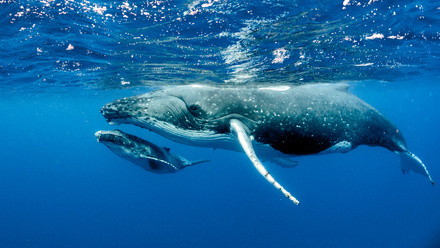Students ready to compete in 2024 European International Submarine Races
Hosted by the Institute of Marine Engineering, Science and Technology (IMarEST) and QinetiQ, the grand slalom of human-powered submarine racing commences in Gosport, UK, on 1 July 2024.
From all around the world, teams of students have arrived in the UK, preparing their human powered submarines for the return of the European International Submarine Races (eISR). This year’s competition, hosted at QinetiQ’s marine technology facility in Haslar, is sponsored by BAE Systems and UKNEST.
Organised by the IMarEST, the races form part of the Institute’s work to promote the marine sector, supporting young people and demonstrating to the world that engineering can be entertaining. The unique sporting challenge involves teams of university students using their design and technical skills to invent, build, and race human-powered submarines against the clock on an underwater slalom course.
Race director Professor Megill says of the eISR: “It’s a fantastic competition that encourages and creates a community of students who grow into successful career scientists and engineers. The challenge produces well-trained underwater engineers who know how to keep the water out of their machines and have learned how to work as a team under pressure.”
This year, teams are representing universities from Canada, Germany, Taiwan, UK, USA and Singapore. The overall winner and runner up are the teams that excel at both engineering design and underwater sport. There are several other prizes to compete for, including Top Speed, Agility and Endurance, Innovation, Science Communication, and Sustainability. Several teams will also be chasing the world record for speed.
For those looking to win, Megill says: “The winning teams manufacture their machine to the highest standards, then tune it to the athlete doing the piloting. When they get to the races, they’re organised, with each team member well-trained in their role, and they have the flexibility in the team structure to adapt to the challenges that inevitably appear during the course of the race. Speed is definitely a key factor, but so is control. A fast sub that gets lost or brings the slalom gates with it to the finishing line is not going to do well overall!”






